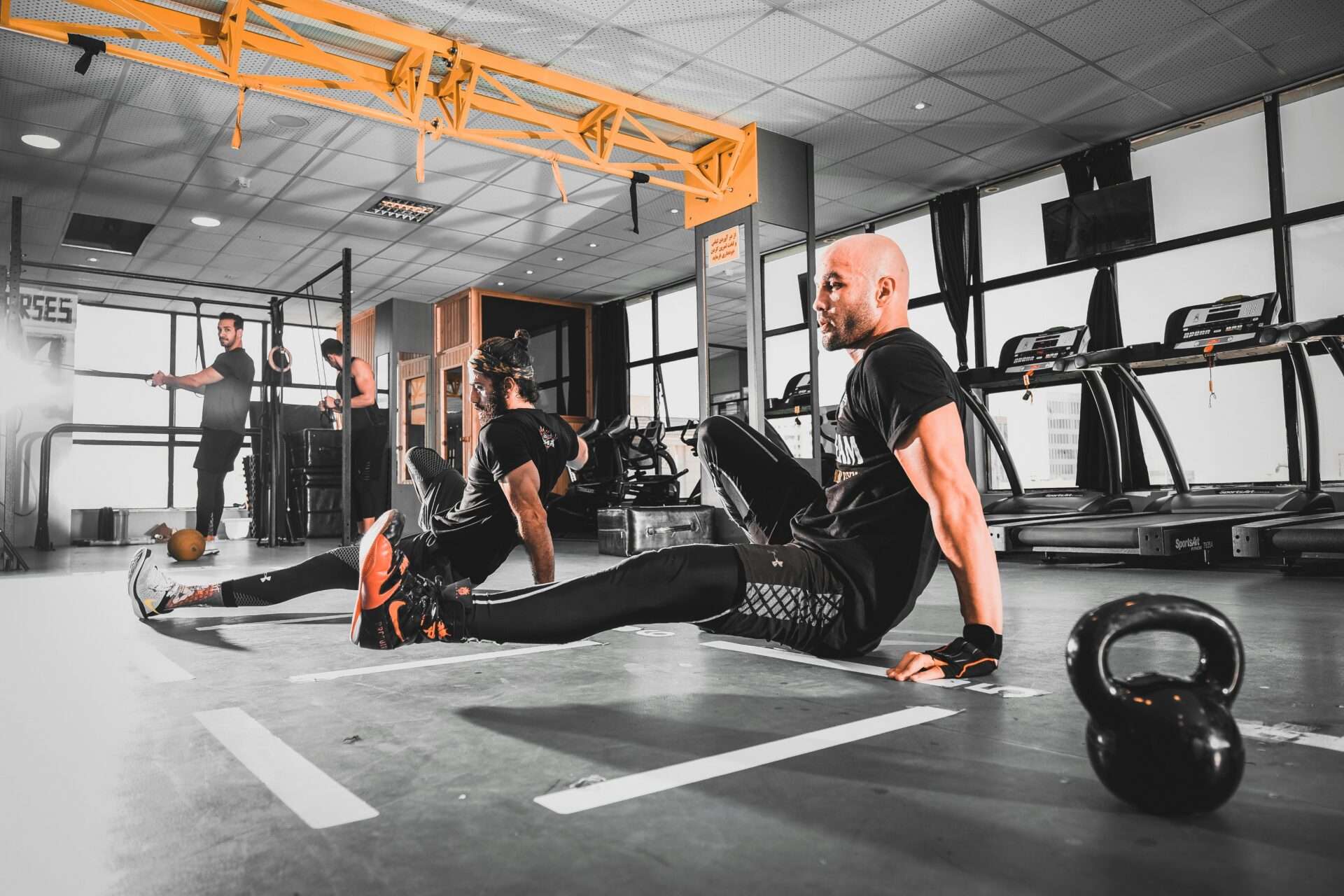The Transformative Power of Yoga
Yoga transcends physical exercise, offering a holistic approach to wellness that enhances flexibility, builds strength, and cultivates mental clarity. This ancient practice provides tools for modern life, helping practitioners develop resilience in both body and mind.
Core Benefits of Regular Practice
- Increases flexibility and range of motion
- Builds functional strength and endurance
- Improves balance and coordination
- Reduces stress and anxiety
- Enhances sleep quality and recovery
Flexibility Through Yoga
The Science of Stretching
Yoga’s approach to flexibility combines:
- Static stretching: Holding poses to lengthen muscles
- Dynamic movement: Flowing between postures
- Proprioceptive awareness: Mindful body positioning
Age-Defying Benefits
Research shows yoga can:
- Reverse age-related stiffness
- Improve joint mobility in adults over 50
- Maintain functional movement patterns
Building Strength with Yoga
Bodyweight Resistance Training
Key strength-building poses:
| Pose | Muscles Worked |
|---|---|
| Plank | Core, shoulders, arms |
| Warrior III | Legs, glutes, back |
| Chaturanga | Chest, triceps, core |
Progressive Overload in Yoga
Advance your practice by:
- Increasing hold duration
- Adding transitions between poses
- Incorporating advanced variations
Balance and Stability
Core Integration
Essential balancing poses:
- Tree Pose (Vrikshasana)
- Eagle Pose (Garudasana)
- Dancer’s Pose (Natarajasana)
Inversion Benefits
Upside-down poses improve:
- Circulation
- Core activation
- Proprioception
Holistic Health Benefits
Stress Reduction Techniques
Yoga combats stress through:
- Diaphragmatic breathing
- Mindful movement
- Meditative focus
Sleep Enhancement
Evening yoga routine for better sleep:
- Legs-Up-The-Wall (5 minutes)
- Seated Forward Fold (3 minutes)
- Corpse Pose with breathwork (10 minutes)
Getting Started with Yoga
Beginner-Friendly Practices
First-week recommendations:
- Sun Salutations (5 rounds)
- Gentle hip openers
- Basic standing poses
Essential Equipment
Minimal gear needed:
- Non-slip mat
- Yoga blocks (or thick books)
- Comfortable clothing
Conclusion: A Lifetime Practice
Yoga offers adaptable benefits for practitioners of all ages and abilities. By committing to regular practice, you invest in long-term physical mobility, mental clarity, and emotional resilience. The mat becomes a laboratory for self-discovery and growth.
Frequently Asked Questions
How often should beginners practice yoga?
Start with 2-3 sessions weekly, allowing for recovery between practices.
Can yoga replace strength training?
While excellent for functional strength, complement yoga with resistance training for optimal muscular development.
Is yoga safe during pregnancy?
Prenatal yoga with a qualified instructor is generally safe and beneficial.
What’s the best time for yoga practice?
Morning sessions energize, while evening practice promotes relaxation.
How long until I see flexibility improvements?
Most practitioners notice changes within 4-6 weeks of consistent practice.



